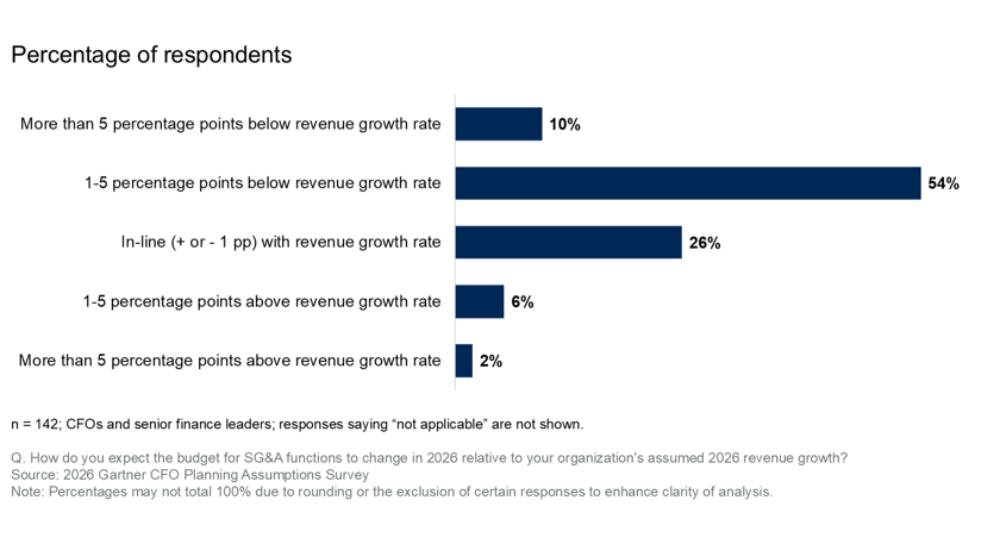As the COVID-19 pandemic spreads across countries and with the government’s mandate to practice social distancing, retailers have witnessed a rapid surge in e-grocery sales, a development which could cause a seismic impact on the operations of supermarket industry. With shoppers stuck in their homes, grocery apps have witnessed record downloads with a 218% increase during the outbreak as compared to last year.
According to a survey by analysts at Gordon Haskett Research Advisors, approximately 41% of consumers were buying groceries online for the first time. With the shift in consumer behavior in times of disaster, even a small labor shortage during this hour is likely to create gaps in the supply chain.
How can retailers meet the crush of demand in the wake of coronavirus without causing long waits, operational difficulties and overwhelming their delivery and pickup networks?
Integrating automation technology and by using robots to pick and pack online orders, supermarket chains can bet lower prices and faster fulfillment. This will in turn result in accelerating demand for online shopping and create meaningful opportunities to take market share from their competitors.
Types of solutions
As is the case with other distribution operations, groceries have a range of automation solutions to choose from, depending on the selected e-fulfillment strategy, but as with e-commerce automation in general, grocers should seek out solutions that are flexible, data-driven and robotic to ensure they will not become obsolete as the market changes and can leverage new technologies as they emerge.
Solutions such as Hub-and-Spoke arrangement enables automated fulfillment center to assemble orders for all non-perishable items and then bulk ship to the stores where they are topped off with perishable items allowing the fulfillment facility and automation system to be designed hand-in-hand and eliminates the space limitations imposed by integrating automation into existing retail locations.
Bolt-on Store Automation uses compact, robotic automation technologies, to create small fulfillment centers at the back of the store that automate current manual processes for non-perishable item picking while utilising store inventory to top off orders with perishable goods, which allows them to fill complete orders from one location, reducing transportation time and costs.
Micro-fulfillment centers create an opportunity to convert abandoned or underperforming retail outlets into micro-fulfillment centers that serve the same area as a traditional grocery store with automated fulfillment for curbside pickup or home delivery. This strategy sacrifices in-store shopping so is particularly attractive to pure-play e-grocers but creates the opportunity to optimise the environment by efficiently integrating automated and manual picking.
The Automated Grocery Store is a new type of grocery store that combines automated e-fulfillment with traditional shopping. Still an emerging concept, it integrates automation into the shopping environment allowing shoppers to have the flexibility to place their orders in advance or while in the store and can choose to pick their own perishable and specialty items or have the store complete their order for pickup or delivery.
E-Grocery Automation Technologies, as in other distribution operations, groceries have a range of automation solutions to choose from. The best solution will depend to a degree on the selected e-fulfillment strategy, but as with e-commerce automation in general, grocers should seek out solutions that are flexible, data-driven and robotic to ensure they won’t become obsolete as the market changes and can leverage new technologies as they emerge.
Flexible solutions are those that can scale easily and adapt to change as it occurs. Data-driven solutions deliver the intelligence to better manage product flow and have the capability to incorporate machine learning that enables them to self-optimise. Robotic solutions are required to increase the productivity of scarce human resources and drive down fulfillment costs.
While there are multiple niche solutions being developed today to capitalise on the growth in e-grocery fulfillment, such as the kiosk, the primary automation solutions being used or considered are either robot-assisted picking or goods-to-person automation systems.
Benefits
Digitisation and automation will fundamentally shift the labor and staffing model for supermarkets. With smarter tools, supermarkets can introduce profound changes in the labor model which will ultimately deliver changes in the product assortment section and in delivering the new consumer experience.
Technology will be able to provide ways to cut costs, operate better and smarter and eliminate certain labor-intensive tasks entirely while also reducing back-office work.
Robotic order fulfillment requires little or no cognition making it an extremely valuable aspect to augment the work of humans. Autonomous robots can be used to efficiently execute any number of picking strategies, transport goods and materials from one point to another and aid replenishment activities.
By leveraging AI and machine learning to optimise pick routes in real-time, there is reduction in the overall time spent on order fulfillment and more time can be dedicated by humans to productive activities that impact customer satisfaction.
With technologies such as AR and VR available today, brands can reach out to consumers and assist them to virtually browse the store to explore, customise, and buy products. VR can help supermarkets produce an immersive experience that informs and entertain online users and keep in-store shoppers engaged.
Witnessing the true spirit of disruption, supermarkets can realise the game-changing power of automation by significantly driving lower retail costs.
Key takeaways
- 41% of consumers were buying groceries online for the first time.
- By using robots to pick and pack online orders, supermarket chains can bet lower prices and faster fulfillment.
- The primary automation solutions being considered are either robot-assisted picking or goods-to-person automation systems.
- Digitisation and automation will fundamentally shift the labor and staffing model for supermarkets.
By Alain Kaddoum, General Manager, Swisslog Middle East.




